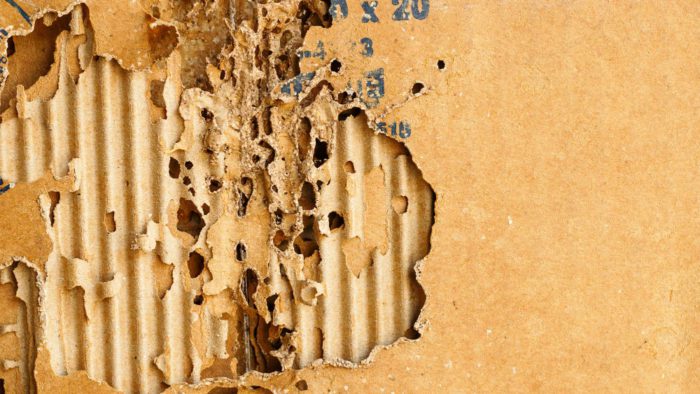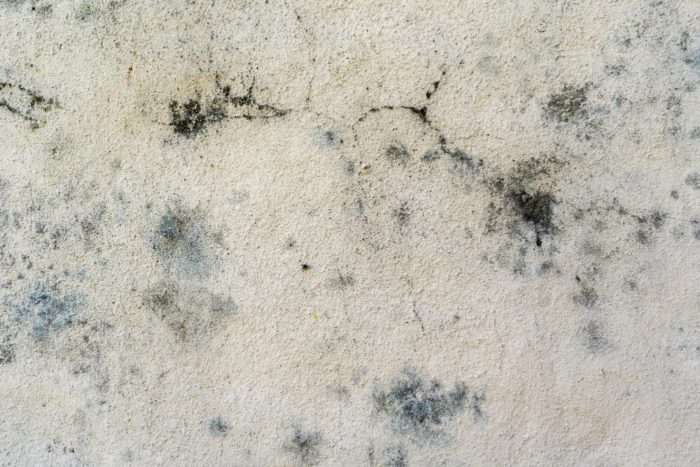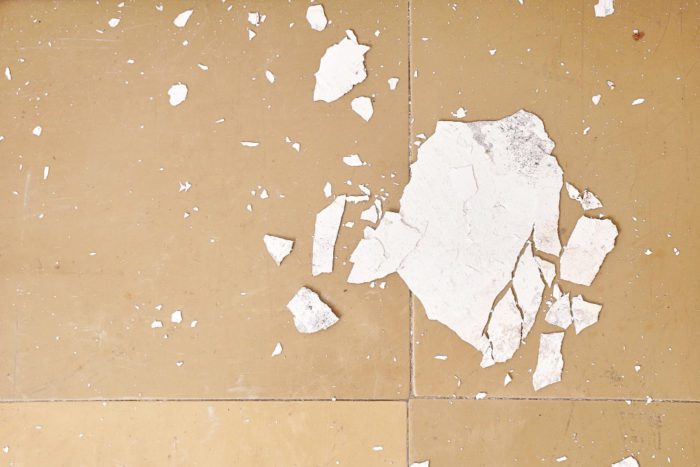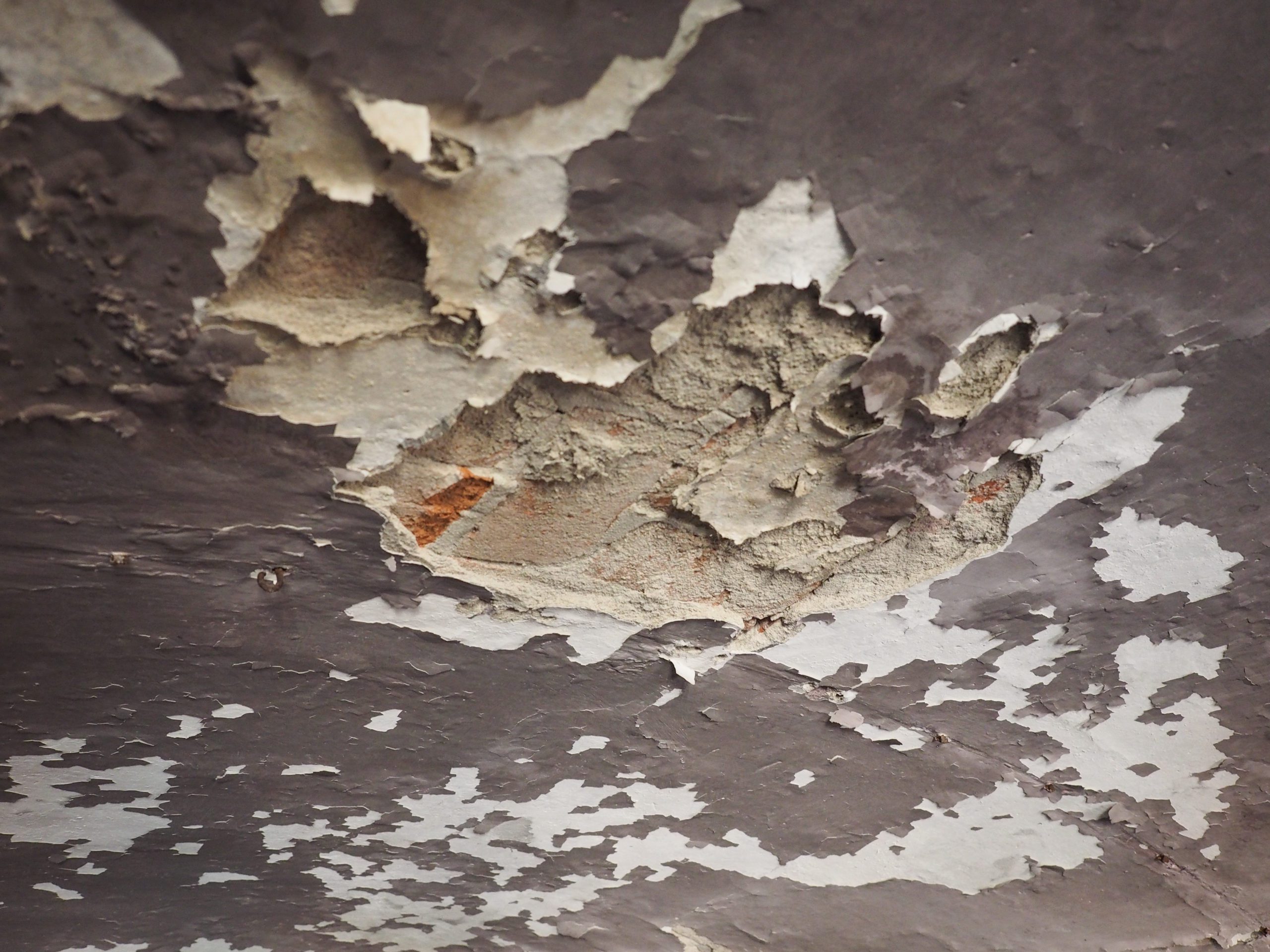The main ingredient of termites’ diet is cellulose but they also consume many other organic materials and even infest books, windows, furniture, floors, and ceilings.
In this article, we are going to discuss the damage caused to the ceilings by termites.
The damage mostly resembles a light water damage problem. The damaged ceilings cost a lot of money to repair. So it is important to notice the early signs of damage.
Important Note: If you're tired of pests and want a reliable solution, then you should definitely consider seeking help from a professional pest control company. DIY solutions can be effective, but if you're dealing with a significant pest infestation, you don't want to rely solely on DIY methods. Pest control companies typically don't charge huge fees. You can fill out this form to receive free quotes from the top local pest control companies, and compare the quotes and see for yourself. Then, finally, your pest problems will be eliminated for good.
But the problem with termites is that the evidence of their activity is difficult to find until some significant damage has been caused.
To deal with this, we are going to look at the signs of ceiling damage that will help you in identifying termites’ presence.
Droppings in Ceiling

If you have witnessed droppings from the ceiling, then be prepared because it is a clear signal that your house is at risk of severe termite damage. Ignoring the damage for too long can cause the collapse of the roof.
The droppings mostly lie under the wooden structures drywood termites infest. They look like tiny oval, hexagonal pebbles with their color coming from the wood they infest. They resemble black pepper grains.
Termites droppings are a clear indication of the presence of drywood termites. These termites infest homes in the form of swarms.
Swarms are the reproductive termites known as alates. After invading, they mate and lose their wings. They drill the wooden structures after completing their mating.
As they can fly, they usually choose the higher places of houses for drilling purposes such as roofs, ceilings, etc.
After drilling, first, they seal the holes that they have used as an entering point. Then they stay inside of the wood, chewing it and breeding and laying eggs.
Then finally, they create holes, to push out their feces. This is when we observe the droppings of termites.
Since wood provides them with limited space, the newborn termites can’t be accommodated. For doing so, many alates have to move out of the wood. They fly out in search of a new place to start a new colony over there.
We can see the droppings but locating the termites is a tough task as they remain inside the wood.
Identifying Ceiling Damage

Drywood and subterranean termites are the most common species that cause damage to ceilings. Drywood termites can swarm directly to your house through any gap and establish their colony in your ceiling.
Subterranean termites require soil to survive. Using this, they create mud tubes and thus can reach up to the ceiling of your house.
Following are the signs of termite damage in your ceiling:
Ceiling cracks
Whether it’s drywood termites or subterranean, they make the wood hollow by chewing them. Wood becomes weak when they are hollow from the inside.
This results in the misaligning of wood from its original position. This results in cracks. Since this crack looks different from the usual one we can suspect termite damage.
Moisture-laden ceiling
The moisture that is locked inside the wood breaks off when termites make them hollow. This excess moisture makes the ceiling look damp.
This results in the decoloration of the walls. You will see bubbles in various parts of the structure and the paint may start peeling off.
Mud tubes
Mostly it’s the subterranean termites that use mud tubes for infesting purposes. Seeing these tubes on the ceiling indicates the presence of subterranean termites.
These termites use their fecal pellets for the creation of these tubes. We can locate the tubes on the ceiling, its lumber, and the walls adjacent to the roofs.
Head-banging sounds
Whenever termites chew wood, they create a head-banging noise. You can notice this sound during times of silence. You can also hear these noises while taping the wood or during the drilling of wood as soldier termites get alert and create this sound.
Pinholes
As we have already discussed, wood doesn’t provide termites with enough space so the winged termites have to leave their nest to accommodate the new termites.
For escaping they create these pinholes from inside. The pattern of these holes is not defined and can be found at random distances on the ceiling.
Prevention of Damage

Sealing the cracks of the ceiling
Sealing all the cracks will stop all the winged termites and their droppings from coming out. We can use many sealants for this purpose but it is better to go with silicon-based sealants. They are strong enough to prevent the chewing of them by termites and other bugs.
Fixing leakages
As moisture is an essential component for termites’ survival, reducing its levels can reduce the number of termites. Fixing all the leaks around the ceiling will make it unattractive to subterranean termites who can access it with the help of mud tubes.
Cleaning of gutter
By not cleaning the gutter, we allow waterlogging in it. This makes the roof damp. The wood of the sunroof and main roof also becomes moist because of this. This helps termites in destroying the roof.
Also, the choked gutter invites all the other bugs that can use the cracks or gaps of the roofs to enter your house.
Window screens
The swarming of drywood termites occurs during the late summer or fall. During this period, they look for new homes to invade. It is the light that attracts them so putting window screens will prevent termites from entering into your house.
There are many other areas from which the winged termites can invade your house, so it is important to put screens in those areas too. This includes the attic and foundation vents.
Conclusion
Termites’ presence in the ceiling tells that termites are not only in your home ceiling but they may also be present in the walls, or the structural lumber of your house.
To prevent costly repairs of structural damage, homeowners should perform inspections periodically. Early detection will prevent your wooden structure from getting damaged.

